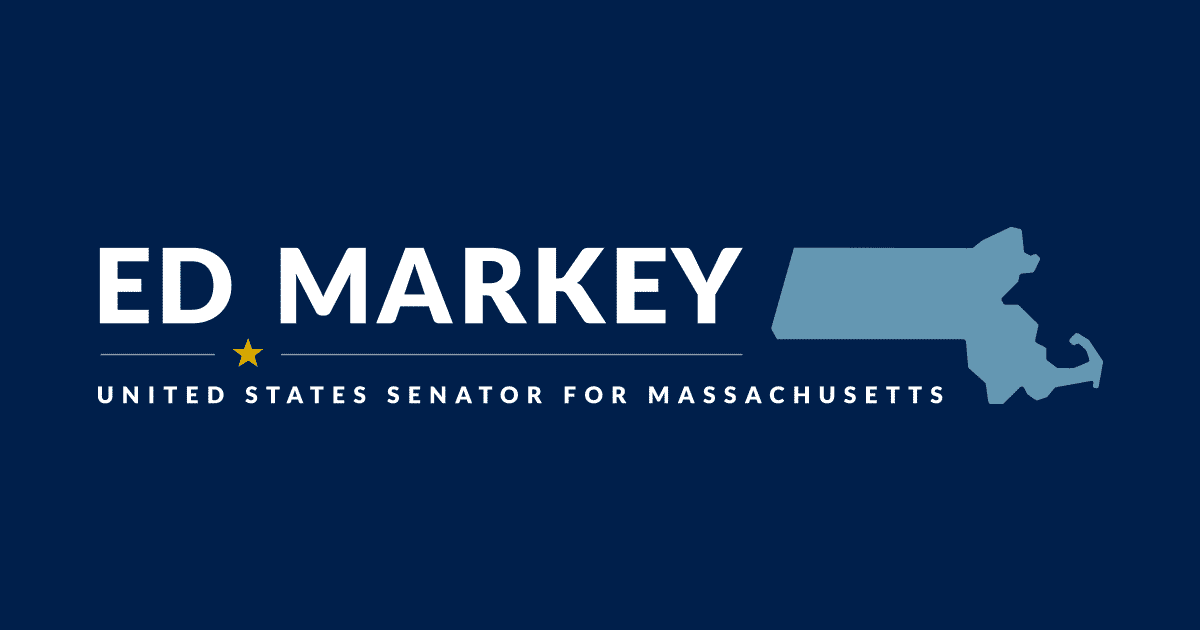Airports are only allowed to charge $4.50 per enplaned passenger, a limit that has not increased in over 20 years. At
current rates the average ticket nationally is $300, but of that only $4.50 (about 1.5%) is allowed, Federally, to go directly to the airport. This (plus parking, concessions, and what airlines pay for space) isn't enough to meet the capital and maintenance and operations expenses of airports, so Federal dollars help to make up the difference. How does this make sense?
Also, remember that this cap on the passenger facility charge isn't a tax; it goes to the airport, not the government. So allowing airports to charge more wouldn't be a tax increase, it would just be letting the market take care of itself better.
(Also, the actual services that the Government does provide to aviation, like air traffic control and security, aren't even close to paid for by associated fees, so those too are greatly subsidized by general Federal dollars. The "September 11 Security Fee" you pay on every ticket only covers about 40% of the cost of TSA, for example, so the government is kicking in over $8 to pay for TSA on every flight you take.)
So, the solution should be to make air transportation even more elitist?
I'm curious to know what the airport/aviation landscape would look like in the US if airports were all funded by deregulated user fees without any government money. I feel like airport operators would have lots of incentives to build and run their facilities on the cheap to keep fees down, because high fees would lead to carriers either not serving the airport, or higher fares from the fees being passed on. Less competition and/or higher fares aren't good things for passengers.
In your first paragraph you imply that lifting the limit would make flying more expensive, but in your second you say that you'd expect prices to go down and airport conditions to degrade. Which one is it? Airports are free today to charge an amount below the $4.50 per passenger cap, but practically none do. That's because airports need money to build and maintain and operate themselves, and to stay competitive. And they've been limited as to how much they can charge, with inflation adjustment, for over 20 years.
Of all the transportation modes, flying is the one that should be getting the least subsidy. Name a government priority and, chances are, airplane subsidies actively work against it. And this is coming from somebody who really
likes to fly.
Air travel as Fung Wah bus. In a fully de-regulated world it’s not too surprising to see that endpoint.
Airlines, given their way, would prefer to strip passengers naked, dope them up on Xanax, and pack them in like cargo.
There's a HUGE difference between "a fully de-regulated world" with respect to flying and one in which airports are allowed to charge more than $4.50 per enplaned passenger to meet their capital and maintenance and operations needs. Everything doesn't have to viewed exclusively through a lens of ideology and absolutes.


